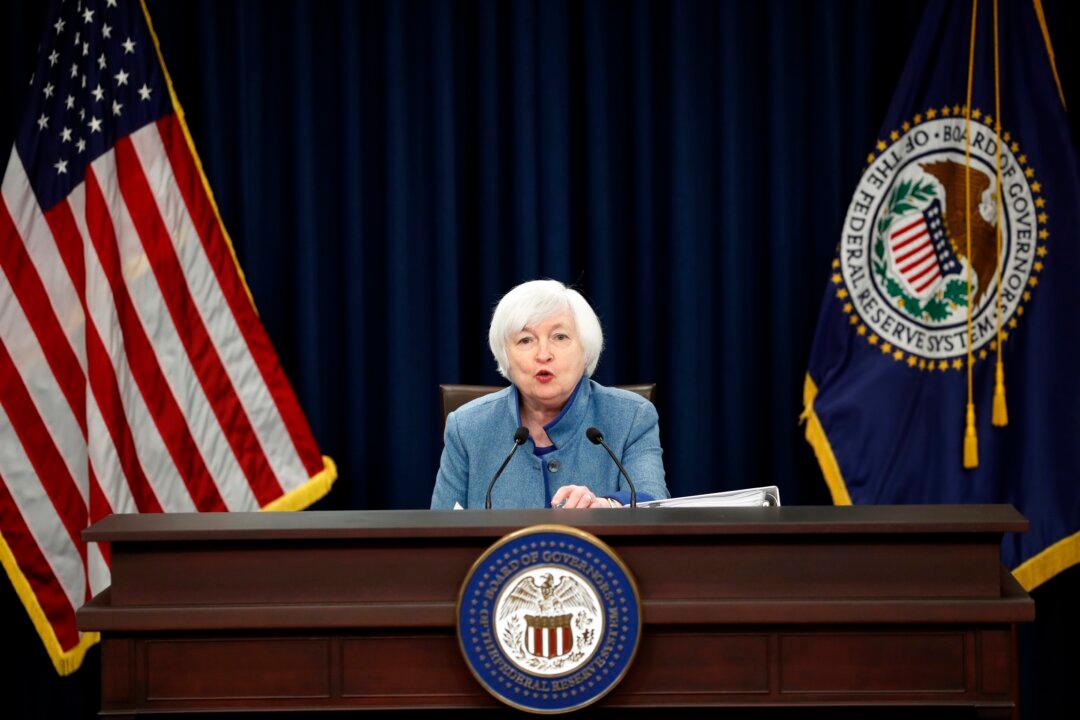With the Federal Reserve raising rates for the second time in a decade on Dec. 14, its economic projections and future rate hikes carry less weight than usual given the uncertainty surrounding the Trump administration’s fiscal policy.
The Fed’s December rate hike was universally expected; however, its chair, Janet Yellen, was categorical during her news conference that the U.S. central bank is “operating under a cloud of uncertainty at the moment” regarding impacts of the new government’s potential fiscal measures on the economy.
In contrast, stock markets have been setting record highs since the election, reflecting higher growth prospects and business optimism, while bonds have been routed due to a rise in inflation expectations. The S&P 500 is up 5.3 percent and the U.S. 10-year Treasury bond yield is up 0.72 percent since Nov. 8.





